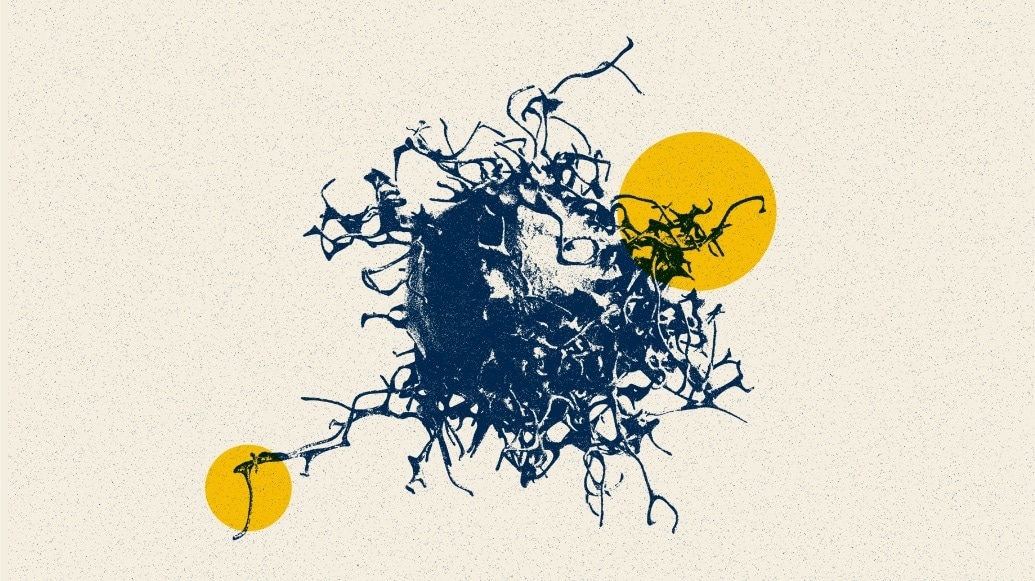
Jacob Dwyer, Justine Ross, Michigan Medicine. Source: University of Michigan
In a study of over 150 patients with diffuse glioma, the most common and fatal primary brain tumor, the newly developed system determined mutations that have been utilized by the World Health Organization to specify molecular subgroups of the condition with an average accuracy of more than 90%. The study outcomes are reported in the Nature Medicine journal.
This AI-based tool has the potential to improve the access and speed of diagnosis and care of patients with deadly brain tumors.
Todd Hollon, MD, Study Lead Author and Creator of DeepGlioma, Neurosurgeon, Health and Assistant Professor of Neurosurgery, University of Michigan
Molecular classification is known to be highly central to the diagnosis and treatment of gliomas, as the advantages and risks of surgery tend to be altered among brain tumor patients based on their genetic makeup.
Indeed, patients having a particular kind of diffuse glioma known as astrocytomas could help gain an average of five years with entire tumor removal than other diffuse glioma subtypes.
But access to molecular testing for diffuse glioma has been restricted and not available uniformly at centers that cure patients with brain tumors. Hollon says that when it is available, the turnaround time for results be days or even weeks.
Barriers to molecular diagnosis can result in suboptimal care for patients with brain tumors, complicating surgical decision-making and selection of chemoradiation regimens.
Todd Hollon, MD, Study Lead Author and Creator of DeepGlioma, Neurosurgeon, Health and Assistant Professor of Neurosurgery, University of Michigan
Before DeepGlioma, surgeons did not have a technique to distinguish diffuse gliomas at the time of surgery. A concept that started in 2019, the system integrates deep neural networks with an optical imaging technique called stimulated Raman histology, which was also developed at U-M, for brain tumor tissue in real-time to be imaged.
Hollon stated, “DeepGlioma creates an avenue for accurate and more timely identification that would give providers a better chance to define treatments and predict patient prognosis.”
Also, with optimal standard-of-care treatment, patients with diffuse glioma tend to experience treatment options that are limited. For patients with malignant diffuse gliomas, the median survival time for patients is just 18 months.
While the development of medications to treat the tumors seems to be a necessary factor, less than 10% of patients with glioma have been enrolled in clinical trials, which often restrict participation by molecular subgroups. Scientists believe that DeepGlioma could be a catalyst for early trial enrollment.
Progress in the treatment of the most deadly brain tumors has been limited in the past decades- in part because it has been hard to identify the patients who would benefit most from targeted therapies. Rapid methods for molecular classification hold great promise for rethinking clinical trial design and bringing new therapies to patients.
Daniel Orringer, MD, Study Senior Author and Associate Professor, Neurosurgery and Pathology, Grossman School of Medicine, New York University
Orringer developed stimulated Raman histology.
The additional authors of the study include Cheng Jiang, Asadur Chowdury, Akhil Kondepudi, Arjun Adapa, Wajd Al-Holou, Maria Castro, Jason Heth, Oren Sagher, Sandra Camelo-Piragua, Honglak Lee, all of University of Michigan, Mustafa Nasir-Moin, John Golfinos, Matija Snuderl, all of New York University
The other authors of the study are Alexander Aabedi, Pedro Lowenstein, Mitchel Berger, Shawn Hervey-Jumper, all of University of California, San Francisco, Lisa Irina Wadiura, Georg Widhalm, both of Medical University Vienna, Volker Neuschmelting, David Reinecke, Niklas von Spreckelsen, all of University Hospital Cologne, and Christian Freudiger, Invenio Imaging, Inc.
This study was financially supported by the National Institutes of Health, Cook Family Brain Tumor Research Fund, the Mark Trauner Brain Research Fund, the Zenkel Family Foundation, Ian’s Friends Foundation, and the UM Precision Health Investigators Awards grant program.
Journal Reference
Hollon, T., et al. (2023) Artificial-intelligence-based molecular classification of diffuse gliomas using rapid, label-free optical imaging. Nature Medicine. doi.org/10.1038/s41591-023-02252-4.